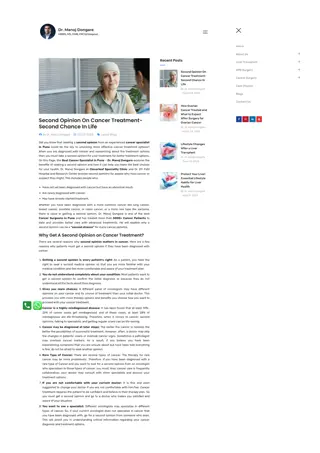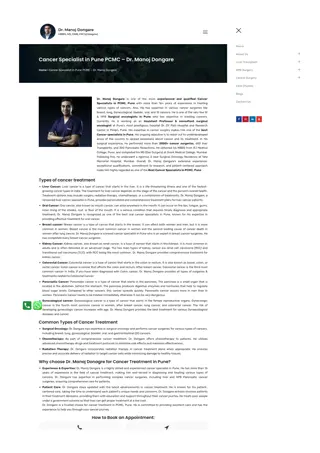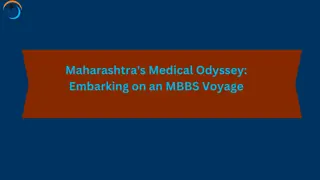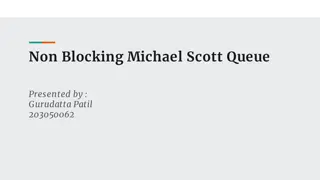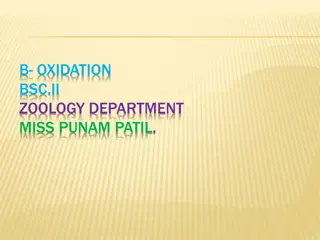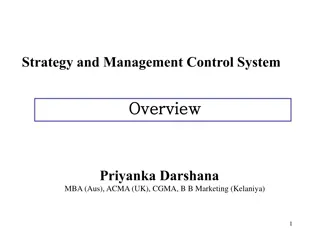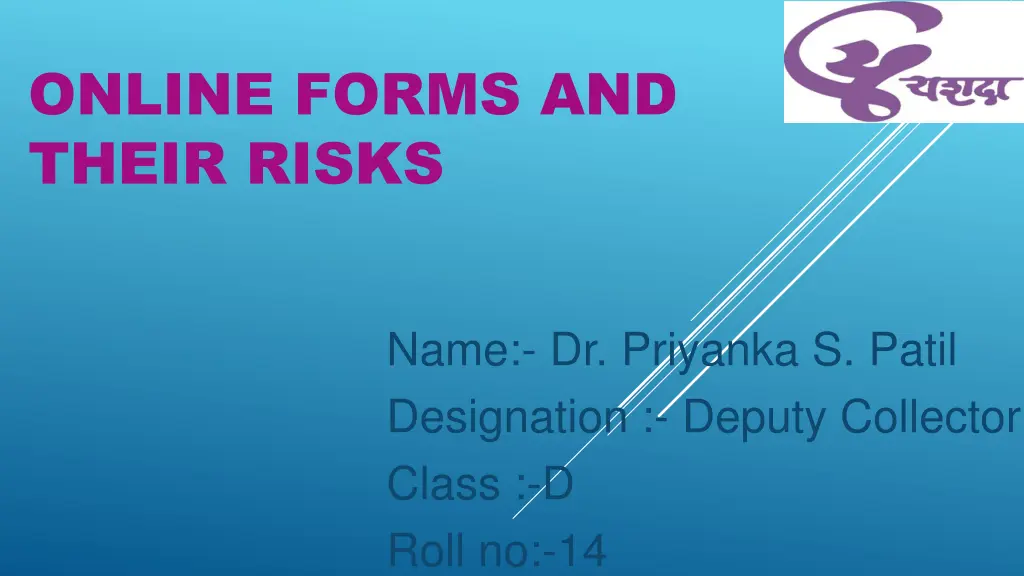
Risks of Online Forms and Security Measures
Explore the risks associated with online forms such as injection attacks, broken authentication, sensitive data exposure, broken access control, security misconfiguration, and cross-site scripting (XSS). Learn how to mitigate these risks and safeguard your information online.
Download Presentation

Please find below an Image/Link to download the presentation.
The content on the website is provided AS IS for your information and personal use only. It may not be sold, licensed, or shared on other websites without obtaining consent from the author. If you encounter any issues during the download, it is possible that the publisher has removed the file from their server.
You are allowed to download the files provided on this website for personal or commercial use, subject to the condition that they are used lawfully. All files are the property of their respective owners.
The content on the website is provided AS IS for your information and personal use only. It may not be sold, licensed, or shared on other websites without obtaining consent from the author.
E N D
Presentation Transcript
ONLINE FORMS AND THEIR RISKS Name:- Dr. Priyanka S. Patil Designation :- Deputy Collector Class :-D Roll no:-14
What is online form .? An application form that is completed and submitted via internet. It is an interactive page that mimics a paper document or form where users fill out particular fields.
Where is online form used ? 1.Examination form 2. Newsletter sign up 3.Event registration 4.Online orders and payments 5.Contest registration 6.Account sign up 7. Sales Contract 8.Customer feedback 9.Free assessment and audit
What are the Risks of Online Forms? Online forms come with many risks which may harm ourselves or our interests. Such Risks may include Breach of privacy Identity theft Monetary frauds Sensitive information theft.
1.Injection Injection happens when an attacker injects a bit of code to trick an application into performing unintended actions. The most common and well-known injection attack is SQL injection (SQLi), Here, an attacker inserts an SQL statement (type of program)that, for example, exposes the contents of a database table. 2.Broken authentication Attackers can hijack user identities and hide behind genuine user IDs . To gain easy access to your data and programs. 3.Sensitive data exposure Unintended data display is a serious problem to anyone operating a web application that contains user data. Such Data may include Monetary details Sensitive personal data Medical history etc.
4: Broken access control Broken access control occurs when users can perform functions that gets access to other users information. Allow function access only to users you trust and implementing access control checks for each user- accessible object (such as files, webpages, and other information). 5: Security misconfiguration Security misconfiguration is a general reference to application security systems that are incomplete or poorly managed. Security misconfiguration can occur at any level and in any part of an application, so it s both highly common and easily detectable.
6: Cross-site scripting (XSS) This vulnerability extendss the trust a user has given a specific site to a second, potentially malicious site. Users generally permit trusted sites to perform certain actions. But malicious actors can modify a page on a trusted site to interact with an untrusted site. exposing sensitive data or spreading malware. XSS vulnerabilities are common, but they re not difficult to remediate. Eg;- MHADA website was scripted in such a way. 7: Insecure deserialization Serialization is used to turn an object into data that can be sent somewhere or stored. In this way, the object can be recreated in the same state by another system and/or at another time via the process of deserialization. An attacker could provide an object that, when deserialized, gives the attacker access privileges or runs malicious code. This vulnerability is difficult to exploit. difficult to detect..
8. Using components with known vulnerabilities Open source development practices drive innovation and reduce development costs. But despite the benefits of open source software, significant challenges remain in security and management practices. It s critical that you gain visibility into and control of the open source components in your applications. 9. Insufficient logging and monitoring Sufficient logging and monitoring can t prevent malicious actors from launching an attack. But without it, you might find it difficult to detect attacks, shut them down, and determine the scope of the damage. Insufficient logging and monitoring is common. But it s also difficult to detect. Even if your logs have enough detail to reveal an attack in progress, there s no guarantee that the systems that monitor those logs are working.



